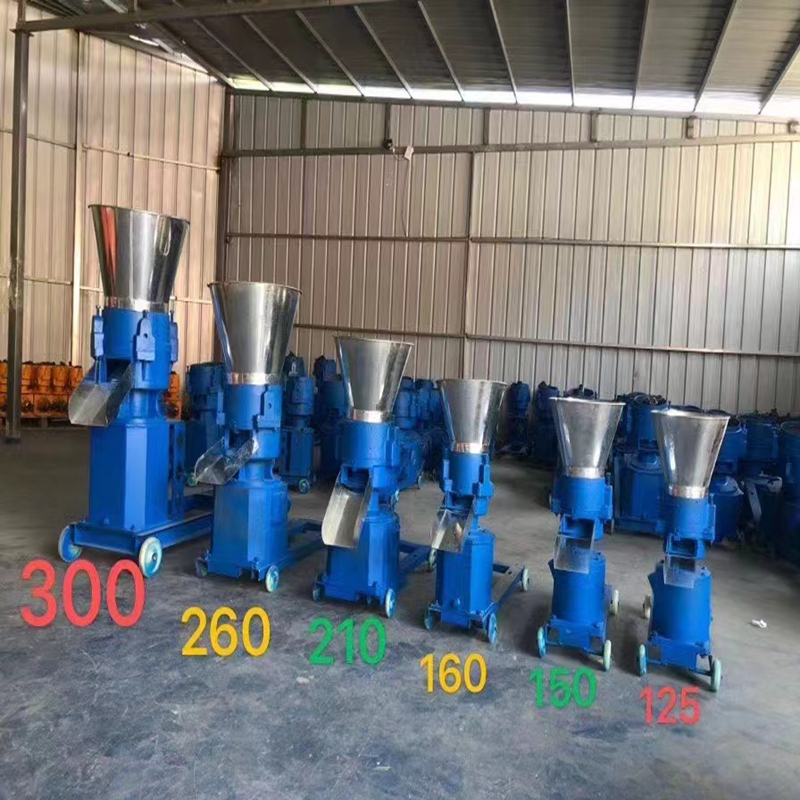Efficient Vacuum Sealing Machines for Optimal Food Preservation and Packaging Solutions
Sep . 28, 2024 03:13 Back to list
Efficient Vacuum Sealing Machines for Optimal Food Preservation and Packaging Solutions
The Importance of Vacuum Sealer Packaging Machines in Modern Food Preservation
In today's fast-paced world, the demand for convenience and freshness in food products has never been greater. One solution that has gained significant popularity among both consumers and businesses is the vacuum sealer packaging machine. These innovative devices not only extend the shelf life of food items but also ensure that the freshness, flavor, and nutritional value are preserved. This article explores the benefits and applications of vacuum sealing technology in food packaging.
What is a Vacuum Sealer Packaging Machine?
A vacuum sealer packaging machine is a device that removes air from a plastic bag or container before sealing it. By creating a vacuum, these machines minimize the amount of oxygen within the packaging, reducing the likelihood of spoilage caused by bacteria, mold, and other microorganisms. This process also helps prevent freezer burn, which can significantly affect the taste and texture of frozen foods.
Benefits of Vacuum Sealing
1. Extended Shelf Life One of the most significant advantages of vacuum sealing is the prolongation of the food's shelf life. Vacuum-sealed items can last up to five times longer than those stored traditionally. For instance, vacuum-sealed meats can remain fresh for up to two to three years in the freezer, compared to just a few months when stored conventionally.
2. Preservation of Flavor and Nutrients By eliminating air, vacuum sealing protects the food from oxidation, which is a leading cause of nutrient loss and flavor degradation. This is particularly important for preserving the quality of high-value foods such as meats, seafood, and organic produce.
3. Cost Efficiency For both consumers and businesses, vacuum sealing can lead to significant cost savings. Consumers can buy in bulk, vacuum-seal portions, and store them safely for extended periods, reducing food waste. Restaurants and food manufacturers benefit from longer storage times and reduced spoilage, ultimately leading to increased profitability.
vacuum sealer packaging machine

4. Convenient Storage Vacuum-sealed packaging takes up less space in your refrigerator or freezer. The absence of air allows food to be compressed into smaller packages, which aids in organization and maximizes storage efficiency.
5. Marination Efficiency Vacuum sealing is also an effective technique for marinating foods. When food is vacuum-sealed, the marinating solution is drawn into the food, enhancing flavor absorption more quickly and deeply compared to traditional marination methods.
Applications in Various Industries
Vacuum sealer packaging machines have widespread applications across various sectors, including residential kitchens, commercial food businesses, and even industries like agriculture and pharmaceuticals. Home cooks use vacuum sealers to store leftovers, preserve seasonal fruits and vegetables, and prepare marinated proteins in advance. In commercial settings, grocery stores and restaurants utilize vacuum sealing to manage food inventories efficiently, maintain product quality, and comply with health regulations.
Moreover, the trend towards sustainability and waste reduction has further fueled the popularity of vacuum sealing. Companies are increasingly adopting vacuum packaging to reduce plastic waste, as it allows for more effective portion control, leading to decreased overproduction and excess waste.
Conclusion
As the need for food preservation and safety continues to rise in our modern society, vacuum sealer packaging machines have emerged as a vital tool. Their ability to extend the shelf life of food, preserve quality, and reduce waste makes them indispensable for consumers and businesses alike. With continuous advancements in technology, the capabilities of vacuum sealing will only expand, offering even more innovative solutions for food preservation in the years to come. Whether in a home kitchen or a commercial food production environment, the integration of vacuum sealing technology is sure to enhance both efficiency and quality in food storage and preparation.
-
Automatic Feeding Line System-Pan Feeder Nipple Drinker|Anping County Yize Metal Products Co., Ltd.
NewsJul.29,2025
-
Hot Sale 24 & 18 Door Rabbit Cages - Premium Breeding Solutions
NewsJul.25,2025
-
Automatic Feeding Line System Pan Feeder Nipple Drinker - Anping County Yize Metal Products Co., Ltd.
NewsJul.21,2025
-
Automatic Feeding Line System Pan Feeder Nipple Drinker - Anping County Yize Metal Products Co., Ltd.
NewsJul.21,2025
-
Automatic Feeding Line System - Anping Yize | Precision & Nipple
NewsJul.21,2025
-
Automatic Feeding Line System - Anping Yize | Precision & Nipple
NewsJul.21,2025






